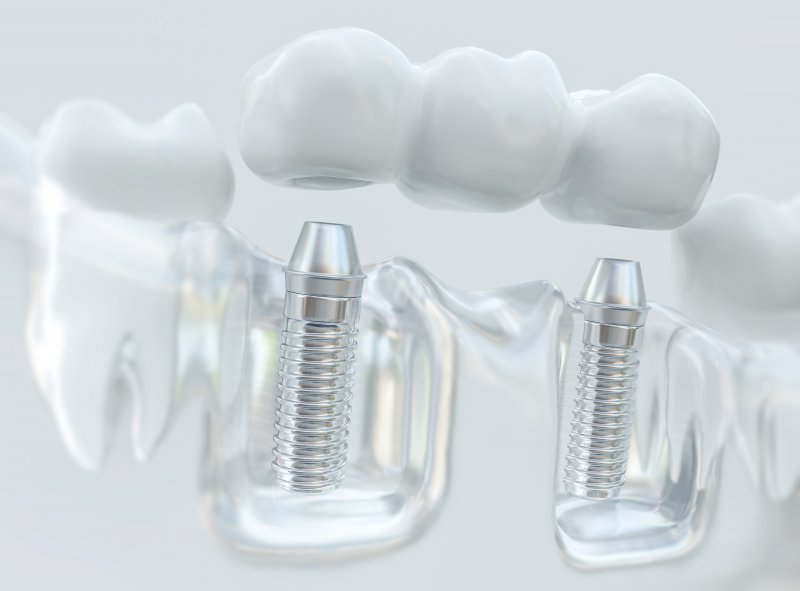
Since before the dawn of history, humans have been grappling with tooth loss in a variety of ways. While modern dentists offer dental implants made out of titanium and porcelain or ceramic, many ancient cultures experimented with ways to replace missing teeth by placing some sort of foreign object into the jawbone. Here’s a brief overview of the history of dental implants and how they evolved into the lifelike and durable restorations we know today.
Primitive Dental Implants
Dental implants have existed in some form for thousands of years. The first known dental implant has been traced to ancient China, and it was just a carved bamboo peg fixed onto the jaw. Later, the Egyptians carved precious metals and attached them to the jawbone. The first known metal dental implant was found in an Egyptian king who reigned around 1,000 B.C.
Dr. Wilson Popenoe and his wife Dorothy found a skull belonging to a young woman in Honduras. The lower jawbone was missing three teeth, but shaped seashells had been implanted in it to replace them. These ancient dental implants showed signs of having fused to the jawbone, meaning that they were functional as teeth.
How Did Modern Dental Implants Evolve?
Before the development of modern titanium implants, the main problem with artificial teeth implanted in the jaw was that the bone structure would often reject the foreign material. Researchers attempted to create reliable dental implants using gold alloy in the 18th century, but they were unsuccessful. By the 19th century, dentists were experimenting with materials such as silver and porcelain.
The Rise of Modern Dental Implants
Dr. Per-Ingvar Brånemark discovered that titanium could fuse with living bone tissue through the natural process of osseointegration in 1952. After some experimentation, he successfully placed a titanium implant in a patient’s jawbone in 1965. His technique caught on with the dental community, and over the decades dental implants evolved into their present form.
Modern dental implants are considered the ideal form of tooth replacement because they look and function just like real teeth, and millions of patients have received them to restore their smiles. A consultation with your dentist can determine if dental implants can be a suitable solution for you.
About the Author
Dr. Eduart Shkurti earned his Doctor of Dental Surgery from the University of Southern California School of Dental Medicine and completed a year-long residency at Montefiore Medical Center. He is proud to be a member of the American Dental Association, the New York Dental Society, and the Astoria County Dental Society. His office in Astoria, NY offers general, restorative, cosmetic, and emergency dentistry as well as dental implants. To schedule a dental implant consultation, contact his office online or dial (718) 806-1662.
